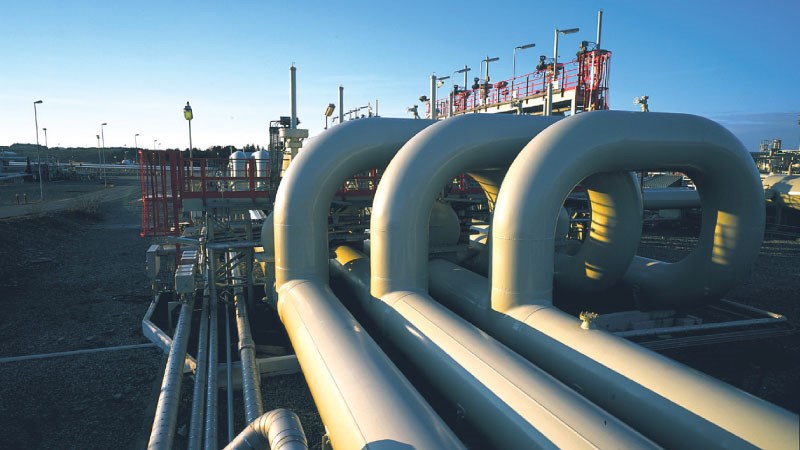Canada will need more pipelines built through to 2030 to transport an additional 1.3 million barrels per day (bpd) of oilsands production to markets across North America and around the world, the Canadian Association of Petroleum Producers (CAPP) stated in its 2017 Crude Oil Forecast, Markets and Transportation report.
Overall Canadian oil production will grow to 5.1 million barrels per day in 2030, up from 3.85 million bpd in 2016.
This 1.3 million bpd growth will be driven by a 53-per-cent increase in forecasted oilsands production of up to 3.7 million bpd in 2030 from 2.4 million bpd in 2016, CAPP said.
Conventional oil production is expected to remain flat, producing 884,000 bpd on average throughout the outlook, due mostly to high inventory levels.
“The urgent need for new pipelines to increase our competitiveness continues to be one of the biggest challenges facing our industry. Without access to emerging new markets we’re putting our economy at risk,” said Tim McMillan, president and CEO of CAPP.
Another challenge is prices.
As of mid-June, oil was trading below US$50 amid speculation increased U.S. supplies will counter production curbs by the Organization of Petroleum Exporting Countries and its allies.
American oil drillers added rigs for the 21st straight week as of June 14, the longest run in three decades.
“The bigger picture remains one of still-elevated inventory levels and only limited progress in drawing down excess stocks,” said David Martin, an analyst at JPMorgan Chase & Co.



